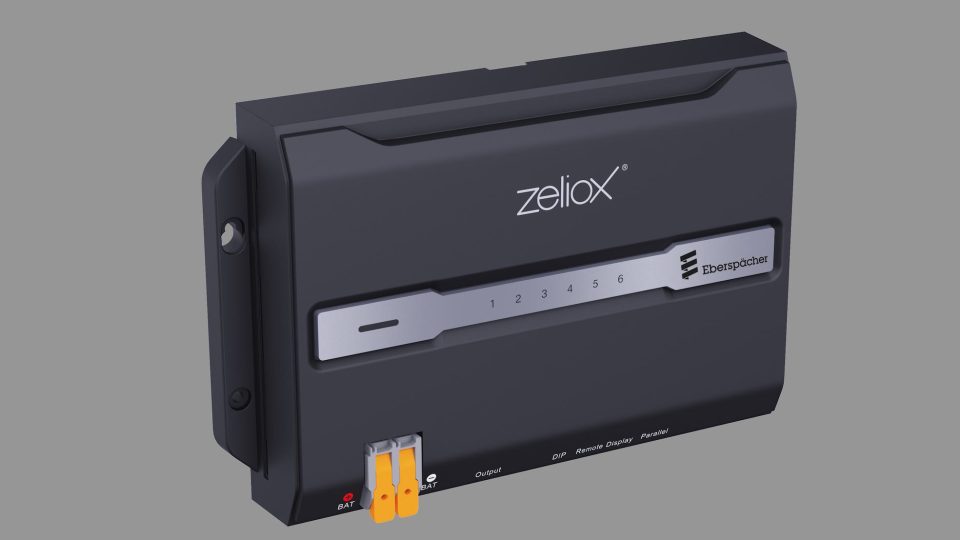Marquardt presents components for hydrogen fuel cell systems
At the Battery Show Europe in Stuttgart (18-20 June), Marquardt will be demonstrating its components for hydrogen fuel cells.

At the Battery Show Europe in Stuttgart (18-20 June), Marquardt will be demonstrating its components for hydrogen fuel cells.
When developing components for hydrogen fuel cells, Marquardt benefits from its many years of experience with battery management systems, some of whose functions can be transferred to fuel cell systems. There are many similarities, especially in the hardware, where almost identical components are used. For example, the system developed by Marquardt for the cell monitoring of batteries in electric cars can be adapted for monitoring fuel cells. The components of the automotive fuel cell are scalable for stationary applications such as heating systems or for use in energy storage systems.
Cell Voltage Monitoring
The Cell Voltage Monitoring System (CVM) and the Cell Voltage Pick-Up (CVP) are used to record cell values directly. The Cell Monitoring System continuously monitors the voltage of the individual cells and provides real-time data on the performance and condition of the cells. This enables the compact CVM to improve stack service life, increase efficiency and detect cell malfunctions at an early stage, thereby avoiding expensive repairs to the fuel cell stack. The Cell Voltage Pickup (CVP) ensures reliable connection and contacting of the bipolar plate with the CVM.
High-voltage sensor
A crucial component for the safety of electric cars, fuel cell vehicles and stationary battery systems is the high-voltage sensor from Marquardt, which was originally developed for HV battery systems. Compared to conventional sensors, it measures current and voltage extremely quickly and accurately. As current measurement is also relevant for fuel cells, Marquardt can offer an attractive and safe solution with the HV sensor. Thanks to its scalable design and synergies with battery systems, the new HV sensor can be adapted for use in fuel cell systems at low cost.
H2 leakage sensor and water level sensor
The new H2 leakage sensor measures hydrogen leakage in fuel cells. It reliably detects concentrations between 0 and 4 percent of the highly volatile and flammable gas. This makes it an important safety-relevant feature for the storage and operation of hydrogen systems. The possible applications are diverse and range from monitoring and securing heating systems to electrolysis and use in drive systems. With a new water level sensor, Marquardt also offers the option of contactless level measurement. The new sensor detects the fill level of product water tanks in internal fuel cell vehicles, for example, without contact with the medium and indicates when they are empty.









